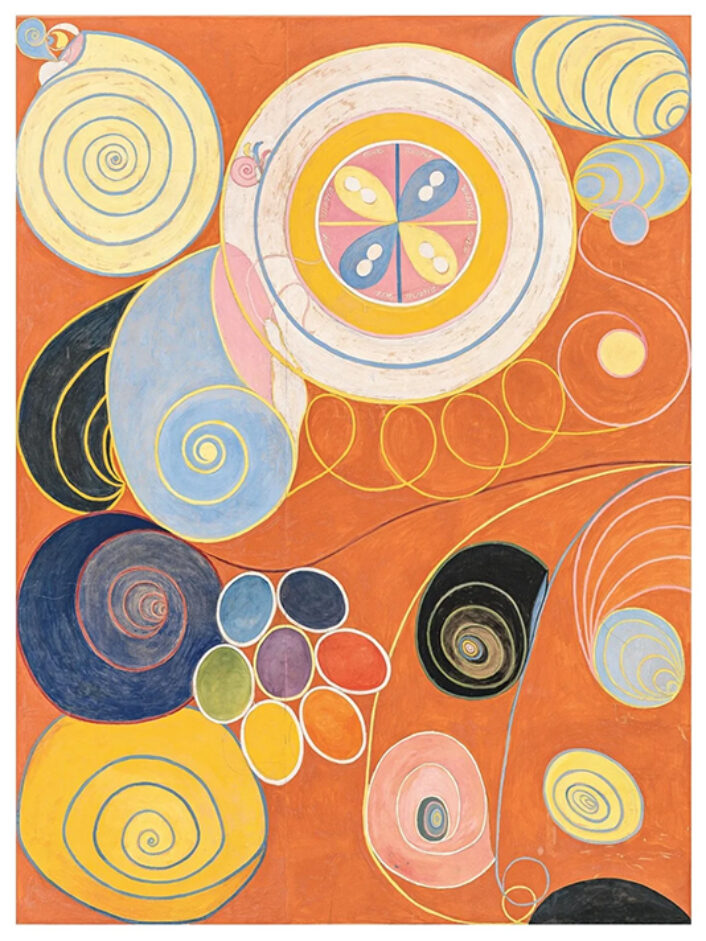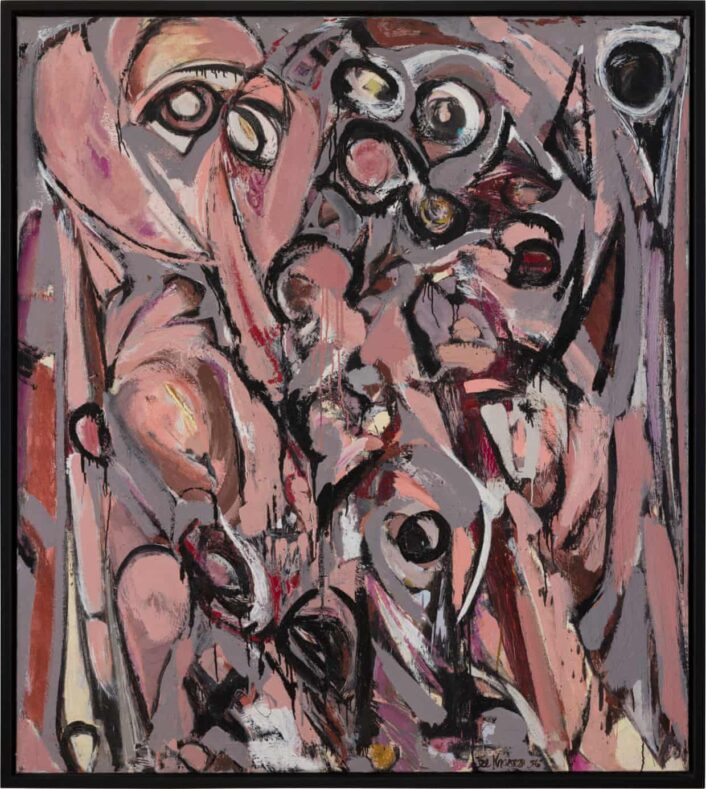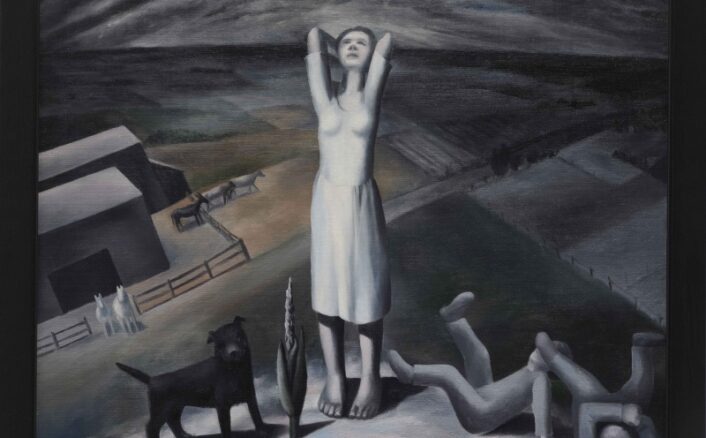Fine Art
Dora Maar- more than a muse
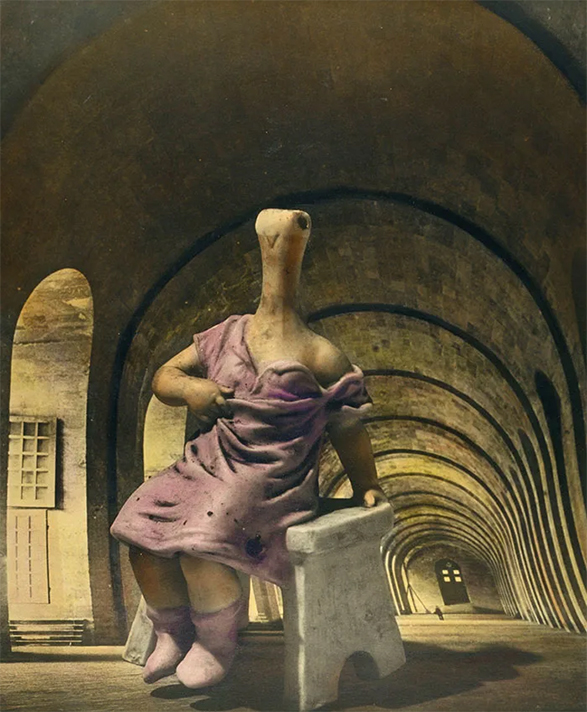
“29, rue d’Astorg”, 19325.
This photograph presents a stump-headed female figure who is sitting on a tilting bench, her chunky feet not quite reaching the floor. The figure sits with one hand to her breast, as if trying to cover herself further. The irony isn’t lost in the title, as it is the address of Maar’s studio which is where she took her initial portraits of Picasso.
Image courtesy of: Financial Times
Dora Maar is best known as Picasso’s muse, model, and mistress; but that classification is not enough. Maar was one of the 20th-century’s most important Surrealist photographers. The artist was drawn to the Surrealists for their left-wing politics, as well as for artistic ideology. She was often present at the political meetings held at the Cafe de la Place Blanche in Pigalle and added her signature to many manifestos that supported protesting the rise of fascism.
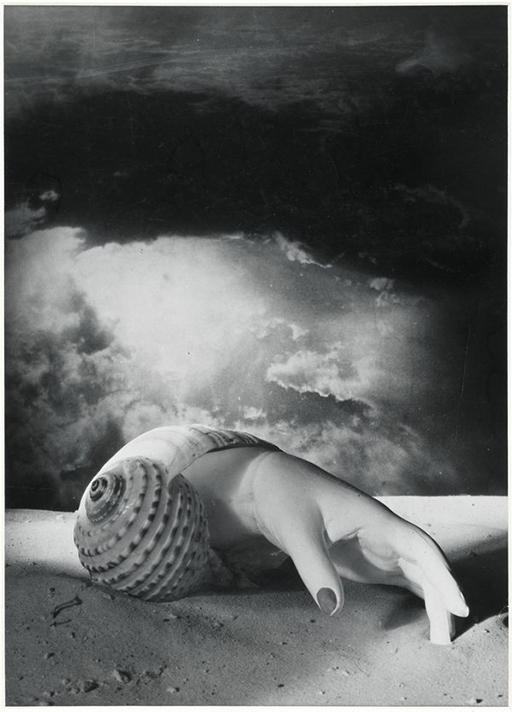
“Untitled (Hand-Shell)”, 1934.
This important Dora Maar retrospective at Tate Modern will also make stops in London, Paris, and Los Angeles.
Image courtesy of: Tate Modern
Maar was born in Paris in 1907 to a French mother and a Croatian father. The family moved to Buenos Aires when she was only three years old. During her teen years, she traveled back and forth between Paris and Buenos Aires, attending school in both places. She enrolled at an arts academy when she was 16 and went on to formally study photography at a couple of well-known institutes. Maar was drawn to photogaphy because it offered her commercial outlets and a way to make an independent living.
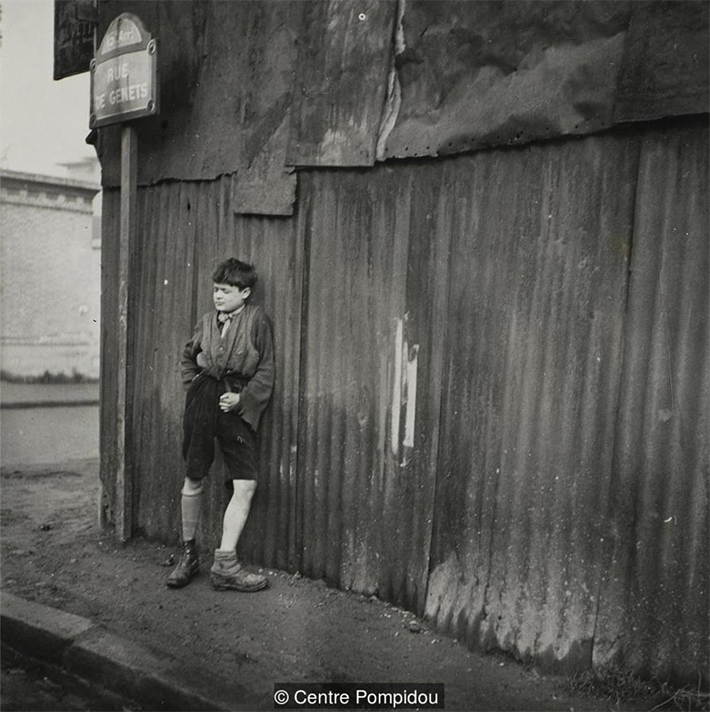
“Sans titre”, 1933.
This portrait of a young boy leaning against a corrugated iron wall speaks to the poverty that swept into Europe following the financial crisis of 1929.
Image courtesy of: BBC
During the early 1930’s, photography experienced many changes due to equipment innovation; Maar’s work reflects these rapid transformations. In addition, there was a rise in magazines, both of the educational and recreational variety, that needed editorial and advertising content. Finally, the rise of Surrealism factored in to Maar’s pieces.
Maar accepted many assignments for commission, even photographing for erotic magazines. However, it was her street photography that was the most striking. In 1933 Maar went to Spain and the following year, to London, where she chose to focus on the class divisions that were quickly forming. This was the start of a style of photography that successive generations of photographers would follow for years to come.
With the possibility for manipulation, photography proved a perfect medium for Maar to illustrate “the dream-like, the uncanny, and the absurd.” Amanda Maddox, the curator at the J Paul Getty Museum said about Maar, “Both her street photography and her commercial work provided spaces wherein she would experiment and play and begin to think about Surrealism. She was thinking about how these kinds of work interrelated and I think that separated her from a lot of other photographers.”
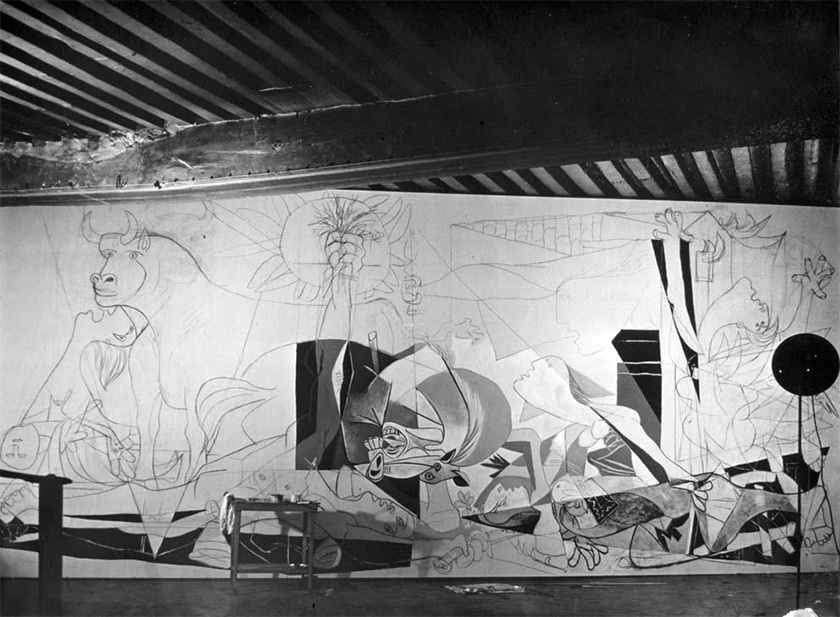
Maar’s photographs at the progression of “Guernica” at Picasso’s studio in the Rue des Grands-Augustins. Picasso began sketching on May 1, 1937 and Maar photographed the process from May 11th until June 4th of 1937.
The Museo Reina Sofía in Madrid holds twenty-eight of these photographs, each showing a different stage in the picture’s formation.
Image courtesy of: Museo Nacional Centro de Arte Reina Sofia
Maar met Picasso, 26 years her senior, at a press screening in 1936. She was working as a “still photographer” on a Jean Renoir film and was introduced by her good friend and poet, Paul Eluard. During this time, Picasso was suffering from a lack of inspiration and he was unhappy both personally and professionally.
It is thought that when Picasso met Maar, he became a “new Picasso.” Maar intrigued Picasso and they had many deep discussions. It was during this time that German and Italian forces destroyed a rebellious Spanish town on Franco’s request that Picasso was prompted to create “Guernica.”
The artist invited Maar to document the different stages of this masterpiece’s creation, a true testament to their close artistic relationship. However, this did not prevent Picasso from mentally abusing Maar, even having her and Marie-Thérèse Walter (from whom he never formally separated) fight over him.
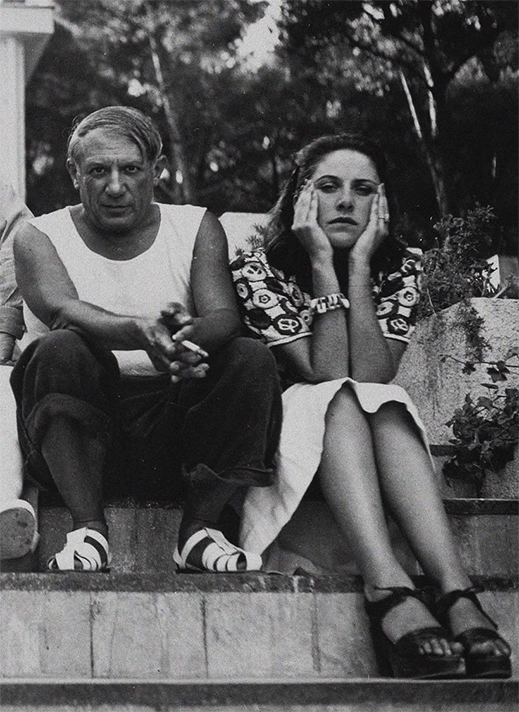
Dora Maar and Picasso, photographed in Antibes by Man Ray.
Image courtesy of: AirMail
During her time with Picasso, Maar started drawing… pieces that were heavily influenced by Picasso’s Cubist style. When asked about whether or not she painted any part of “Guernica”, Maar said, “Yes, Picasso said, ‘Go and take the photo and paint the few strokes that are missing on the horse’s leg . . . paint those few strokes’ . . . And then, ‘Take the photo,’ because we had to give the photo to be printed straight away.”
After “Guernica”, Picasso encouraged Maar to put down her camera and turn to painting. It is unclear whether or not she would have made this decision independently; regardless, what she created was magnificent!
